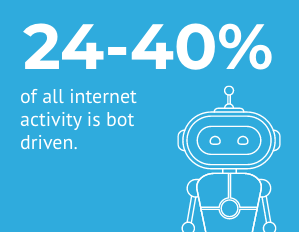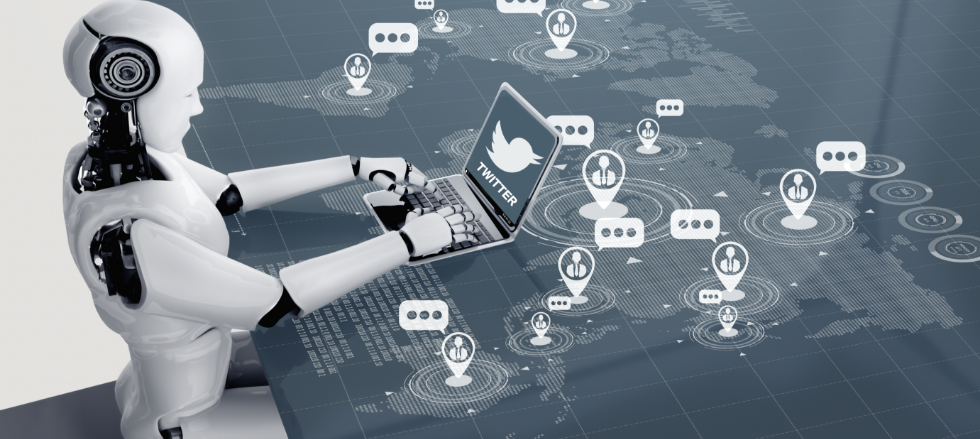Elon Musk, perhaps the greatest entrepreneur of all time, is attempting to acquire Twitter for 43 billion dollars. Yeah, he has got a few dollars. What is holding the deal up is Elon’s concern about Twitter’s bots. What is a bot and why is he concerned? A bot is a computer generated interaction on the internet designed to mimic a human. Why is he concerned about that? Well, Elon wants to monetize the platform based on how many people use Twitter. However, many of the handles on the platform aren’t people, they are bots acting as people. Elon believes the number of bots is between 20-25% of all Twitter accounts. Although Twitter refuses to do a random sample study to validate the true ratio of actual people versus bots, they acknowledged the reality of the issue.
What should we learn from Elon?
Bots don’t buy things, people do.
If 25% of all handles are bots posing as people and we market to those accounts using programmatic systems, guess what? 25% of spend is wasted because bots don’t buy, people do. Quite an astonishing 25% or so of those ads are not received by a person, but rather a computer generated account. Therefore the spend is obsolete.

And Twitter is not alone. Facebook, Instagram, Google and all digital platforms concede there is an issue but they will not allow for independent auditing to validate the truth using technology to differentiate.
Most studies commissioned find that 24% to 40% of all internet activity is bot driven. As marketers, the scale of the internet is attractive for costs but that same scale obscures the integrity of who or what is served an ad.
So, what is the solution?
Online Identity Resolution + People-based Marketing
Online identity resolution is a leading technology that resolves and validates an individual’s online footprint with their offline data such as address, name, age, etc. Using a matching algorithm which correctly identifies a person’s digital identity—including known social tags, email, RFID and known cookies—allows marketers to be people- based. People-based marketing pre-identifies a target set of individuals with valid information and then loads that audience en masse into the online identity resolution platform. The technology then matches the audience to their exact online presence and your brand content is delivered through ad platforms.

One way forward:
Avoid the bots and build your audiences based on your customer data so identity is known and your marketing will perform.
To learn more about online identity resolution, people-based marketing or just meet people who want to help, contact us at reflexblu.com/contact
Stop guessing and start Knowing with blu.
In an ever changing marketing landscape, one thing remains paramount: being able to identify customers is the most basic requirement for direct marketing. Customer-obsessed marketers need to leverage the power of online identity resolution starting now. Marketing spend needs to be stewarded at the highest levels, because not knowing who you are marketing to is no longer an option.
It’s time to stop guessing and start KNOWING.
At blu, we give marketers the power to find (and get to know) the right people in the right places at the right times. We provide the vision and insight you need to identify your best customers; to target the people most likely to be impacted; and then focus on the best ways to be seen, heard, and understood by the people who matter most — YOUR CUSTOMERS.

Chad Stubbs
Chief Innovator | Reflex Blu
Driven by a passion to connect people with innovation and excellence, Chad Stubbs launched Reflex Blu in 1999. His “creatalytical” vision of leveraging creative and analytic excellence is at the heart of blu’s continuously innovative culture. Chad has been the strategic lead on countless brands over the past 20 years, and he still gets a thrill out of building profitable customer journeys for the brands we serve at blu.

